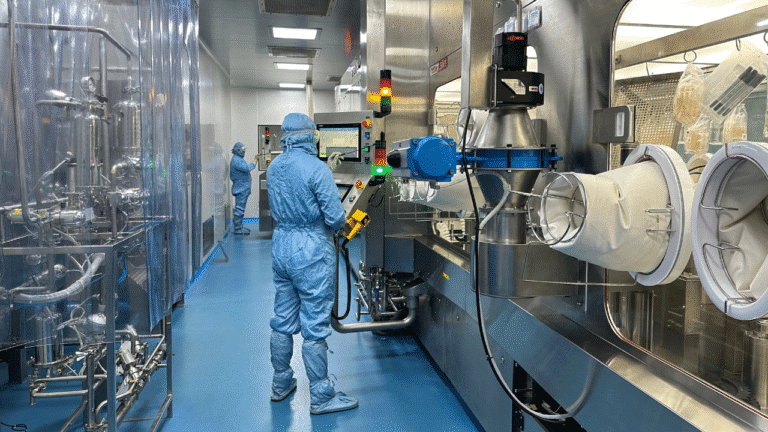
ISRO's Aditya-L1 Mission: A Groundbreaking Expedition to Decode the Sun's Secrets
After the triumphant success of the Chandrayaan-3 lunar mission, the Indian Space Research Organization (ISRO) is poised to embark on an unprecedented voyage into the heart of the solar system with its upcoming solar mission, Aditya-L1. Set for launch on September 2, Aditya-L1 aims to revolutionize our understanding of the Sun’s dynamics and space weather, marking India’s inaugural dedicated space mission for solar observations.
Table of Contents
A Pioneering Mission at L1 Point
Aditya-L1, named after the Sun’s core, is not only ISRO’s first solar mission but also India’s maiden foray into studying the Sun from space. This pioneering mission has been meticulously crafted to observe the Sun’s activities from a distinctive vantage point referred to as Lagrange point 1 (L1) within the Sun-Earth system. Situated at a distance of around 1.5 million kilometres from Earth, this exclusive orbit provides continuous, unobstructed perspectives of the Sun, devoid of any disturbances stemming from eclipses or occultation.
Seven Advanced Payloads for In-depth Analysis
Central to Aditya-L1’s mission are its seven advanced payloads, meticulously crafted to investigate various layers of the Sun, from its surface to its outermost corona. These payloads incorporate cutting-edge electromagnetic, particle, and magnetic field detectors, providing a wealth of data crucial for comprehending phenomena like coronal heating, solar flares, coronal mass ejections, and more.
Four payloads, stationed directly facing the Sun, ensure clear observations, while the remaining three engage in in-situ studies of particles and fields, thus unravelling the intricacies of solar dynamics in the interplanetary medium.
Scientific Objectives of Aditya-L1
The primary scientific objectives of Aditya-L1 are multi-faceted, aiming to:
- Investigate Solar Upper Atmospheric Dynamics: Probe the chromosphere and corona to comprehend their behaviour and heating mechanisms.
- Unravel Coronal Mysteries: Understand the initiation of coronal mass ejections, flares, and the dynamics of partially ionized plasma.
- Study Space Weather: Observe in-situ particle and plasma environments to unravel space weather dynamics, aiding in better space mission planning.
- Decode Solar Corona Physics: Analyze the temperature, velocity, and density of coronal and coronal loops plasma.
- Trace CME Development: Study the dynamics, origin, and development of Coronal Mass Ejections.
- Sequence Solar Eruptive Events: Identify processes across multiple layers leading to solar eruptive events.
- Explore Magnetic Fields: Examine magnetic field topology in the solar corona and comprehend its role.
Overcoming Challenges
Despite the daunting challenges posed by the vast distance from the Sun and potential risks, Aditya-L1 pioneers innovative solutions. Its payloads will endure the harsh solar environment, and the mission’s design is a testament to India’s prowess in space technology.
Impact on Space Weather Understanding
Studying the Sun holds immense significance, as it shapes the evolution of our solar system and influences space weather. Variations in solar weather can disrupt satellite orbits, affect electronics, and trigger power outages on Earth. By continually observing solar events, Aditya-L1 aims to deepen our understanding of space weather drivers and enhance our capacity to predict and mitigate their impacts.
Pioneering the Future with Aditya-L1
Aditya-L1’s launch signifies a pivotal moment in India’s space exploration journey. In partnership with prestigious institutions like the Indian Institute of Astrophysics and the Inter-University Center for Astronomy and Astrophysics, ISRO is launching a historic mission to uncover the secrets of the Sun. This effort will showcase India’s exceptional expertise in solar research and make an invaluable contribution to the global scientific community.
Conclusion
As the world eagerly awaits the launch of Aditya-L1 on September 2, the mission stands as a testament to India’s scientific acumen and technological innovation. Positioned at the L1 Lagrange point, Aditya-L1’s advanced payloads are poised to deliver groundbreaking insights into the Sun’s behaviour and space weather dynamics, paving the way for a deeper understanding of our solar system’s engine and its implications for Earth and beyond.
Download : Aditya L1 Booklet






